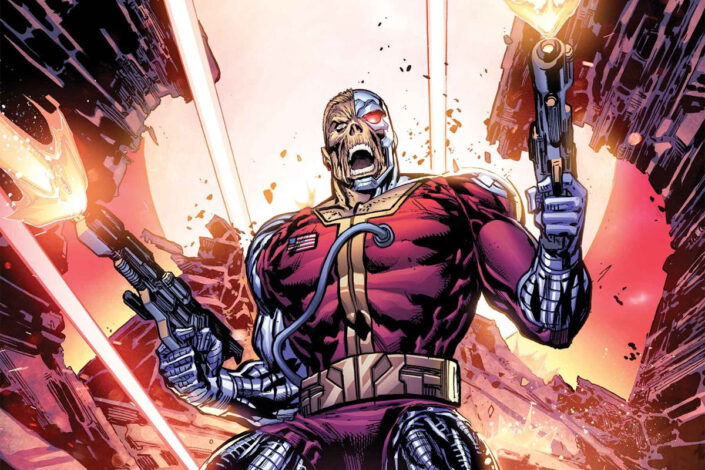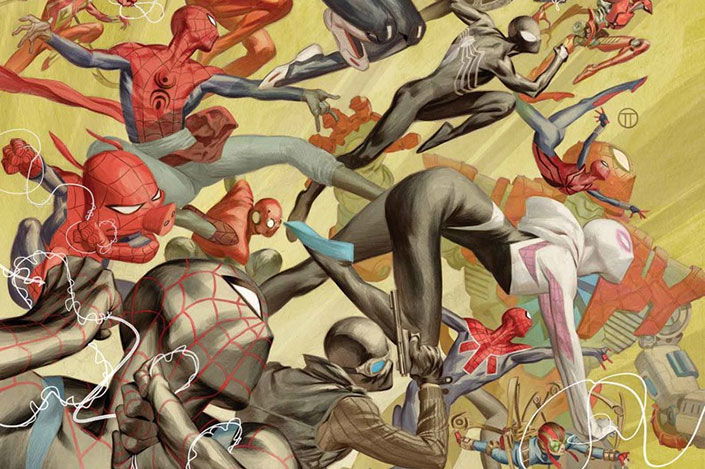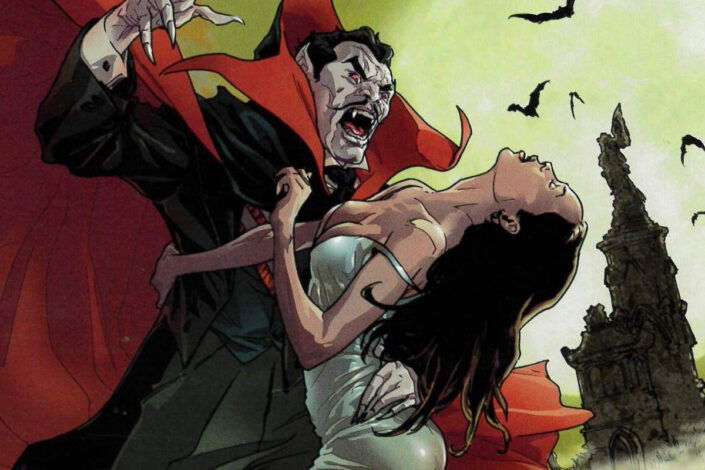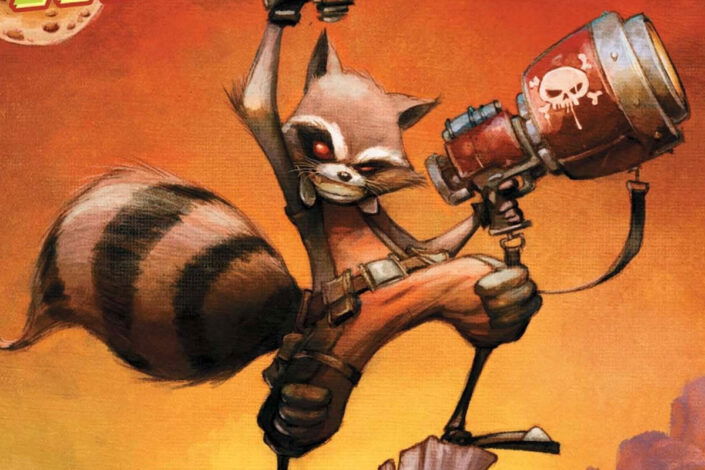Daredevil by Frank Miller Reading Order (with Elektra, of course!)

Young Frank Miller wasn’t working at Marvel for very long when he saw an opportunity to do a crime comic with Daredevil. After drawing two issues of Spectacular Spider-Man guest-starring Daredevil, he requested to work on the Daredevil title. The timing couldn’t have been more perfect, as artist Gene Colan wanted to leave Daredevil. While Miller hadn’t yet proven his ability to handle a regular commitment at this stage, as he remembers in The Comics Journal #70, Marvel took a gamble on him, and it paid off.
However, success didn’t arrive with his first Daredevil issue. Initially, Miller only drew the stories, with Roger McKenzie as the writer (and Klaus Janson as the inker). While both men didn’t always agree on everything, they worked well together and conspired to “steal away as many Spider-Man villains as we could.” But sales weren’t improving. Things turned around with the arrival of Denny O’Neil as editor on the title. Following a backup story written by Miller, O’Neil put the artist on writing duties, and the rest is history.
Influenced by Will Eisner, Gil Kane, Harvey Kurtzman, and film techniques, Miller made a name for himself through his care for research and his exploration of darker themes—violence being a major theme of his Daredevil run. He also decided to emphasize that Matt Murdock was a Catholic, as, for him, “only a Catholic could be a vigilante and an attorney at the same time.” (The Men Without Fear: Creating Daredevil, 2003 documentary). He took the time to clearly define the parameters of Daredevil’s powers to make them more believable. He added some martial arts to Daredevil’s fighting skills and introduced Elektra in Daredevil #168 in his first issue as main writer. As Klaus Janson put it, the arrival of Elektra was “the culmination of Frank’s intent to rebuild Daredevil and his supporting cast.”
Read More »Daredevil by Frank Miller Reading Order (with Elektra, of course!)








